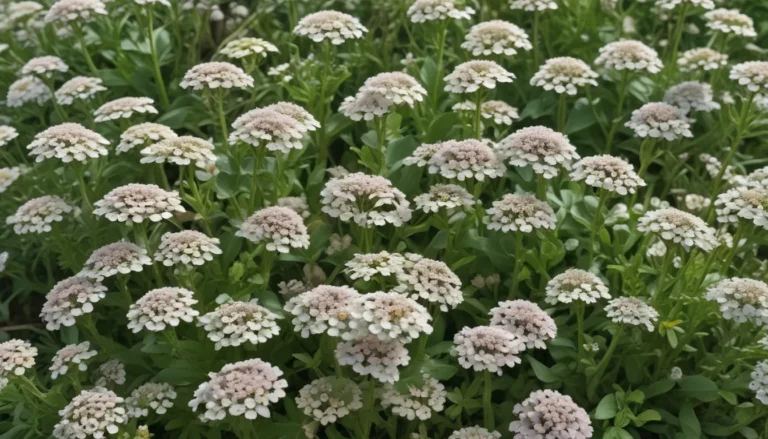Why Do I See Hair-Like Roots on My Christmas Cactus?

If you have a Christmas cactus at home, you may have noticed something curious – hair-like roots growing between the stem segments. Don’t worry! These are aerial roots, and they actually have a purpose. Christmas cactus, scientifically known as Schlumbergera spp., are beautiful indoor houseplants that bloom profusely during the holiday season.
But what do these aerial roots mean for your plant? In this comprehensive guide, we will explore the reasons behind the appearance of these unusual growths and how you can ensure your Christmas cactus thrives.
What You’ll Learn
Let’s dive into the world of Christmas cacti and unravel the mystery of aerial roots. Here’s what you’ll discover:
- Understanding Aerial Roots
- Adapting to Survive
- Evaluating Causative Factors
Understanding Aerial Roots
Aerial roots are growths that extend above the ground from the stem or leaf tissue of plants. These roots can serve various functions such as support, moisture absorption, nutrient uptake, and oxygen intake. In the case of tropical Schlumbergera species, like the Christmas cactus, aerial roots are a response to unmet fundamental needs.
Adapting to Survive
Christmas cacti are native to tropical climates where they depend on air, light, nutrients, and water for survival. When these essential requirements are lacking, the plant adapts by producing aerial roots. For example, a lack of sunlight may trigger the growth of aerial roots as the plant tries to reach for brighter conditions.
Evaluating Causative Factors
Now, let’s explore the common stressors that may induce the development of aerial roots on your Christmas cactus:
1. Unsuitable Light
Christmas cacti are sensitive to light changes. Providing consistent indirect sunlight is crucial for healthy growth. Too little light may lead to the formation of aerial roots as the plant tries to access more light.
2. Inappropriate Temperature
Maintaining an ideal temperature between 70 and 80°F is essential for indoor cultivation. Fluctuations in temperature can stress the plant, leading to the growth of aerial roots.
3. Too Much or Too Little Water
Overwatering can cause soggy conditions, resulting in root rot and the appearance of aerial roots. On the other hand, underwatering can lead to moisture deficiency, prompting the plant to produce growths to absorb moisture from the air.
4. Lack of Nutrients
Nutrient deficiency can trigger the growth of aerial roots as the plant searches for alternative sources of food. Ensure your Christmas cactus is receiving adequate nutrients through fertilization and proper soil conditions.
5. Traumatic Events
Events like taking cuttings for propagation or accidental damage can stress the plant, leading to the development of aerial roots. Maintaining stable conditions can help the plant readjust.
Listen When Your Plant Talks
By understanding your Christmas cactus’s needs and adjusting its care regimen accordingly, you can help it thrive. With the right conditions, aerial roots will diminish, and your plant will flourish. Remember to observe your plant’s behavior and make necessary adjustments for its well-being.
Have you encountered aerial roots on your Christmas cactus? Share your experience and tips in the comments below!
If you’re passionate about Christmas cacti, explore our related guides for more insights:
- How to Identify and Control 7 Common Christmas Cactus Pests
- Is Christmas Cactus Toxic to Cats?
- Why Is My Christmas Cactus Turning Purple?
- How to Prevent Christmas Cactus Bud Drop
Let’s ensure your Christmas cactus thrives and blooms beautifully all season long!





